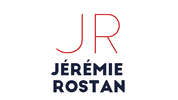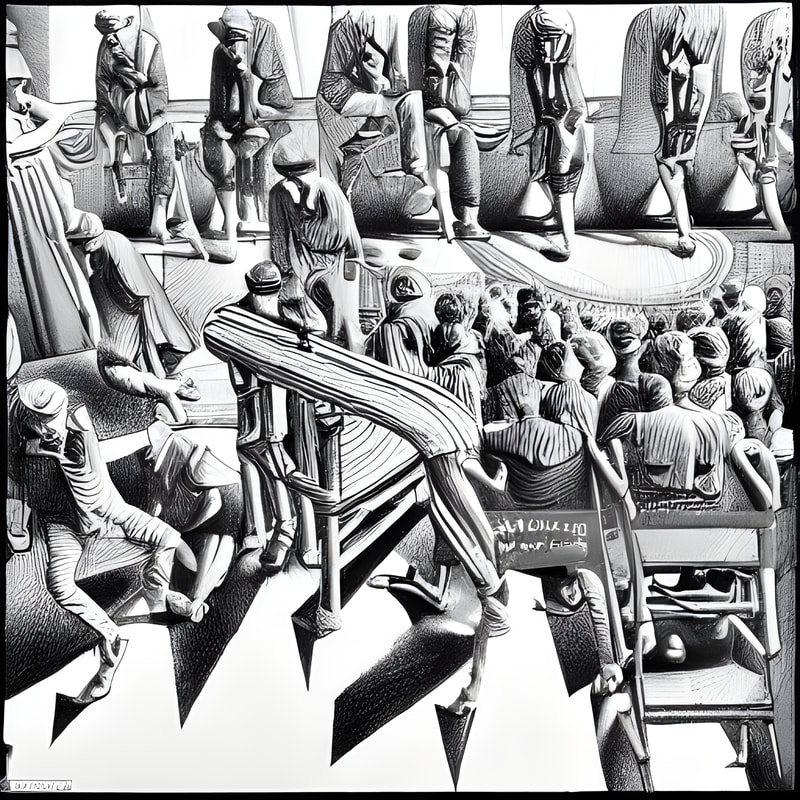|
The teaching methods used in a given socio-historical context depend, in part, on the prevalent theory of human cognition at the time. Based on our understanding of how people think, we deduct how they learn, and how they should be taught.
Thus, traditional teaching methods focused on lecture-style content delivery found some of their origins in the “intellectualist” view of cognition as an internal process through which the mind (and later the brain) grasps, stores, and retrieves information. Modern teaching methods are quite different, using a variety of highly differentiated, technology-rich and collaborative learning activities to help students construct their own knowledge and connect it to real-life local and global challenges. However, what is the new view of cognition that justifies this evolution and explains its greater effectiveness? The challenge, here, is that while the traditional view of cognition was quite straightforward, our modern understanding is much more rich and thus much more complex. How can we integrate the many recent advances in cognitive neuroscience into an elegant theory? An interesting model has been emerging since the 2010s: the 4E framework, according to which human cognition is essentially embodied, embedded, extended, and enacted.
This framework does not only support modern approaches to teaching and learning. It is also a blueprint that can help us make education ever more relevant, effective, and enjoyable for our students. Reference: Newen, De Bruin and Gallagher, The Oxford Handbook of 4E Cognition, Oxford Library of Psychology, 2018
0 Comments
Your comment will be posted after it is approved.
Leave a Reply. |
|
Proudly powered by Weebly

